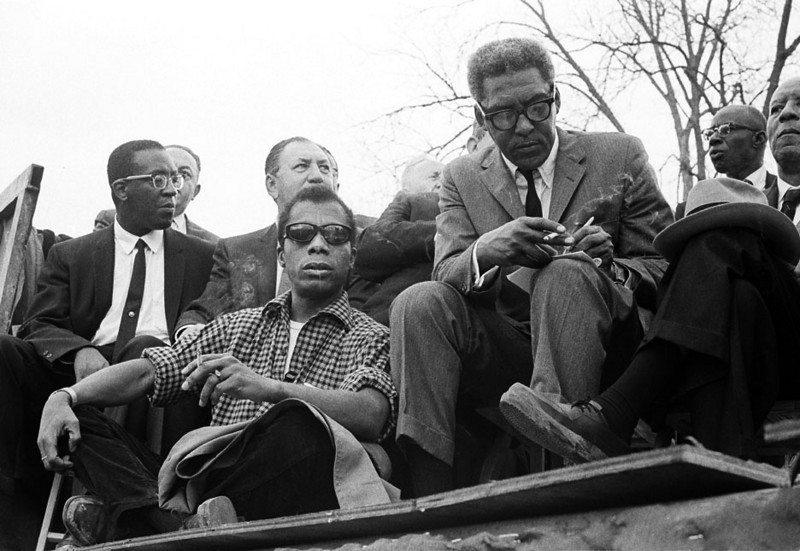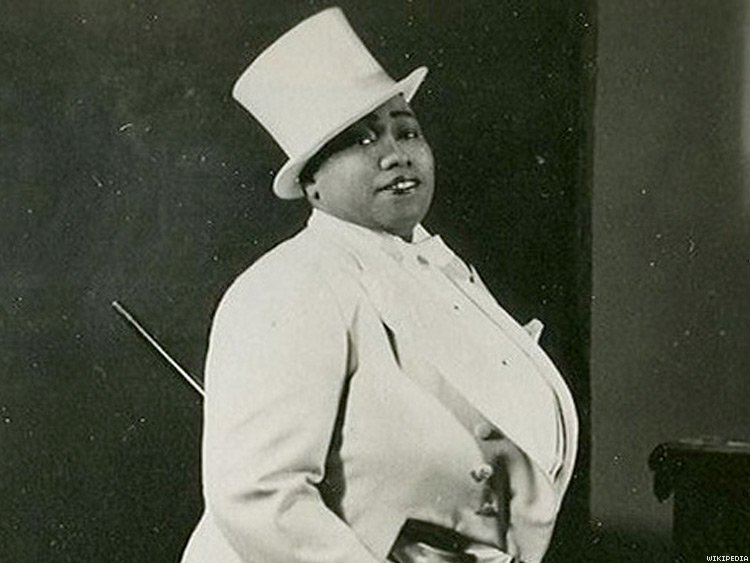Black Gay History and the Fight Against AIDS

During the 1980s and 1990s, African American AIDS activists used Black gay history as a tool in the fight against AIDS. They argued that the invisibility of same-sex desire among people of African descent in stories about the past was one of a constellation of factors that explained the disproportionate impact of the disease on Black gay men. However, they did not see the Black gay past simply as a tool for changing the behavior of Black gay men in the present. In their view, this history could be a source of healing, acting as a balm for the psychological and spiritual wounds that Black gay men suffered at the intersection of racism and homophobia. In African tradition they found models of community in which to mourn friends and lovers lost to AIDS. In the long Black freedom struggle, they found examples of resistance and resilience to confront a devastating epidemic. Faced with an uncertain future, for Black gay men the past took on new importance.
Black gays and lesbians did not begin to document their history in direct response to AIDS, but this work took on new urgency in the context of the epidemic. Activists saw the telling of a “complete” history that acknowledged the significance—and sexuality—of figures such as Bayard Rustin, Richard Bruce Nugent, and Gladys Bentley as a counterweight to the homophobic attitudes in Black communities that led gays and lesbians to lead a “double life.” Drawing on the work of Black psychologist Alvin Poussaint, Phill Wilson (now of the Black AIDS Institute) argued “that high levels of denial and refusal to modify behavior in relation to the possibilities of HIV exposure and transmission is a further reflection of the cost being suffered by Blacks when we do not believe ourselves worthy of help or succor.” Black gays and lesbians, dealing with both racism and homophobia, “are especially victimized by this phenomenon.”1.

To counter this low sense of self-worth among Black gay men in particular, African American AIDS organizations brought Black gay history into the fight against the disease. Gay Men of African Descent (GMAD), a New York City group offering AIDS education and services to Black gay men, incorporated Black gay history into their weekly programming. At one event in 1995, members learned about “the creativity and strategies of Black Gays and Lesbians during [the Harlem Renaissance] in creating or accessing social networks and spaces,” and heard from a Black gay man in his seventies who shared “a candid personal history” about growing up in Jazz Age Harlem. In a report to one of the group’s funders, GMAD staff noted members’ surprise at learning about gay men’s involvement in the Harlem Renaissance. The staff member argued that such programming served “as a powerful psychoeducational intervention that provides information to GMAD’s constituents which supports the development and maintenance of a healthy identity, a critical preventive measure to an array of risk behaviors.”2
Black gay activists also looked to African tradition for affirmation. Adodi, a Philadelphia-based group that organized retreats for Black gay men starting in 1983, took its name from the plural of ado, a Yoruba word to describe “a man who ‘loves’ another man. “More than just a description of partners in Africa,” they explain, “the ADODI of the tribe are thought to embody both male and female ways of being and were revered as shamans, sages and leaders.” Here was evidence that Black queer men held pride of place in at least one African society, a counter to Afrocentric scholars such as Molefi Asante and Frances Cress Welsing, who argued that homosexuality “was an almost non-existent behavioral phenomenon amongst indigenous Blacks in Africa.”3
While groups like GMAD made this work legible to funders in terms of HIV prevention, Black gay men also looked to the past as a source of healing from what literary scholar Dagmawi Woubshet calls “compounding loss,” of friends and lovers to the epidemic. Indeed, Adodi was formed out of Black gay men’s need for grieving during the early AIDS epidemic. According to one group member, founder Clifford Rowlands “felt the need to bring black men together to do some mourning rituals. We were all walking zombies, all of our friends and partners dying not knowing how to process…We all knew that we needed each other, we needed a space to be with each other.”
As the numbers of dead and dying grew, Black gay fellowship remained vital. In August 1991, GMAD hosted Adodi’s New York chapter to talk about “exploring the spiritual side of our development… in the spirit of Umoja,” the Swahili word for “unity” and one of the seven Kwanzaa principles. The following month, another GMAD event titled “Older Black Gay Men Loving Each Other is Seen as an Act of Survival,” invited members to learn about the role of older Black gay men as “ADODI, the wise men/healers of Yoruba society.”

Black gay men also found virtual community in the work of writers Joe Beam and Essex Hemphill, who collected Black gay writing for publication, and in the films of Marlon Riggs and Isaac Julien. This flurry of artistic activity, part of what some call the “Black gay renaissance,” would in turn be used by AIDS activists to build Black gay self-esteem and community as a bulwark against the epidemic. This work also evinces a desire to “make history” in the face of impending death. Riggs explained in an interview that his HIV diagnosis gave “desperate urgency” to his work on Tongues Untied (1989), a documentary exploration of Black gay men’s lives. In a poem at the film’s closing sequence, he connects his life and struggle with HIV to a longer history:
I listen to the beat of my heart,
let this primal pulse lead me,
though lately I’ve lived with another rhythm.
At first, I thought just time passing. But I discovered a time bomb
ticking in my blood.
Faces, friends disappear.
I watch.
I wait.
I watch.
I wait.
I listen
for my own
quiet
implosion.
But while I wait,
older, stronger rhythms resonate within me,
sustain my spirit, silence the clock.
Whatever awaits me, this much I know:
I was blind to my brother’s beauty, and now I see
Here Riggs struggles with a grief that defies representation–of friends lost and of the knowledge that his own name will soon be added to the rolls of the dead. Yet he finds refuge in the past, drawing on ancestral tradition to “silence the clock” and writing himself and his brothers into historical time. In his documentary, images of Black gay men lost to AIDS give way to photographs of historical figures like Sojourner Truth and Frederick Douglass, and footage of Civil Rights marches fades into a slow-motion shot of Black gay men marching with a banner that reads, “Black Men Loving Black Men is a Revolutionary Act”–a reference to the work of Joe Beam. With an eye to historical memory, Riggs wants to make sure that future generations know “that there was a vibrant Black gay community in these United States” in the 1980s.
- Phill Wilson, “Outreach to Black Gay/Bisexual Men,” n.d., Auburn Avenue Research Library, Duncan Teague Papers Box 29 (unprocessed collection) ↩
- “US Conference of Mayors Collaborative HIV/AIDS Prevention Grant Monthly Update Report,” February 1995, Schomburg Center for Research in Black Culture, Gay Men of African Descent Records, Box 24, Folder 4. ↩
- Myron M. Beasley, “‘Tribute to the Ancestors’: Ritual Performance and Same-Gender-Loving Men of African Descent,” Text & Performance Quarterly 28, no. 4 (October 2008): 433–457; Frances Cress Welsing, “The Politics Behind Black Male Passivity, Effeminization, Bisexuality and Homosexuality,” The Isis Papers: the Key to the Colors (Chicago: Third World, 1991), 81-84 quoted in Dwight A. McBride, “Can the Queen Speak?: Racial Essentialism, Sexuality, and the Problem of Authority,” Callaloo 21, no. 2 (Spring 1989), 369–370. ↩
